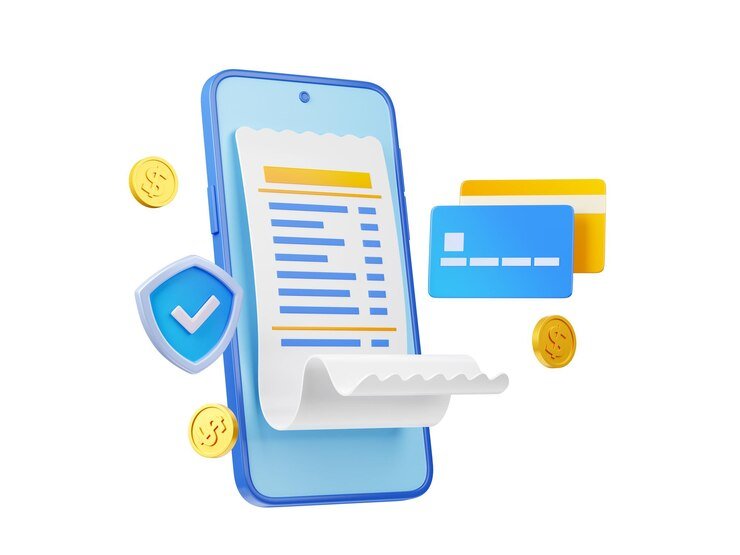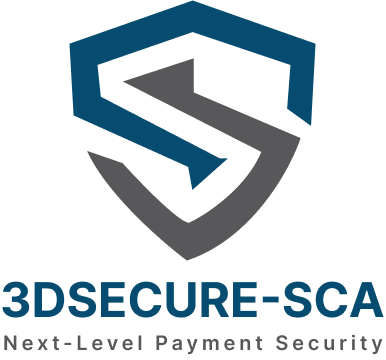Native Mobile Integration with 3D Secure 2.0
Visa forecasts that the upgraded 3D Secure 2.0 protocol will cut checkout times by 85% and reduce card abandonment rates by 70%. This development is a response to the rise in mobile usage, which has become the leading platform for online shopping and payments. Despite its growth, mobile payments are a significant target for fraud.
In 2019, mobile payments were projected to exceed $1 trillion, and mobile wallets were expected to surpass traditional debit and credit cards in popularity by 2020. Despite this growth, security concerns persist. Visa’s Senior Vice President, Mike Lemberger, notes that while mobile payment adoption is high in Europe, security threats are still a major concern. Security is a top issue for 70% of American users making mobile payments, and nearly half of cybersecurity professionals question the safety of mobile transactions. EMVCo’s focus on a mobile-first strategy for 3D Secure 2.0 is crucial for addressing these security challenges effectively.


Initial Limitations of 3D Secure
The original 3D Secure protocol played a critical role in building trust for online shopping by offering enhanced security. Introduced by Visa in 2001 with Verified By Visa, it aimed to shift liability to card issuers and lower transaction costs for merchants. However, with the rise of mobile payments, the protocol faced compatibility issues. The first iPhone’s release in 2007 highlighted these challenges, including slow page loading speeds and issues with viewing authentication pages on mobile devices. Although improvements have been made, the original protocol was not designed with mobile payments in mind.
Adapting to Mobile Dominance
As mobile devices have become central to how we access the internet and conduct transactions, the need for a mobile-compatible security solution has grown. The app ecosystem reflects this shift, with millions of apps available on Apple’s App Store and Google Play.
3D Secure 2.0 addresses the limitations of its predecessor by offering mobile-friendly issuer authentication and an improved user experience. It introduces features like enhanced risk-based authentication and eliminates static passwords, providing better security for mobile payments. These updates are crucial for addressing the unique challenges of securing transactions on mobile devices.


Frictionless Flow with 3D Secure 2.0
One of the major improvements in 3D Secure 2.0 is the introduction of the Software Development Kit (SDK). This SDK includes essential functionalities like user authentication and device data collection, allowing merchants to seamlessly integrate the protocol into their mobile apps. Specialized SDKs for Android and iOS facilitate this integration.
3D Secure 2.0 offers extensive transactional data to merchants, providing valuable insights into transaction patterns and helping manage risks. Unlike the original protocol, which collected limited data through the user’s browser, 3D Secure 2.0 emphasizes transparency. It enables comprehensive data sharing between merchants and issuers, improving the risk-based authentication process. This collaboration helps reduce authentication challenges to about 10% of transactions.
The SDK also supports native authentication screens, ensuring that the 3D Secure interface integrates smoothly within the merchant’s app. This means users are not redirected away from the purchase page for authentication, which helps maintain a consistent user experience. Features like biometric authentication within the app enhance security perception and reduce abandonment rates.
Conclusion
3D Secure 2.0 offers significant benefits, especially for mobile payments. Its advanced architecture enhances the user experience on mobile devices and integrates seamlessly with mobile wallets and in-app transactions. This protocol brings users closer to a frictionless payment experience while enabling merchants to uphold high security standards across various payment channels.
